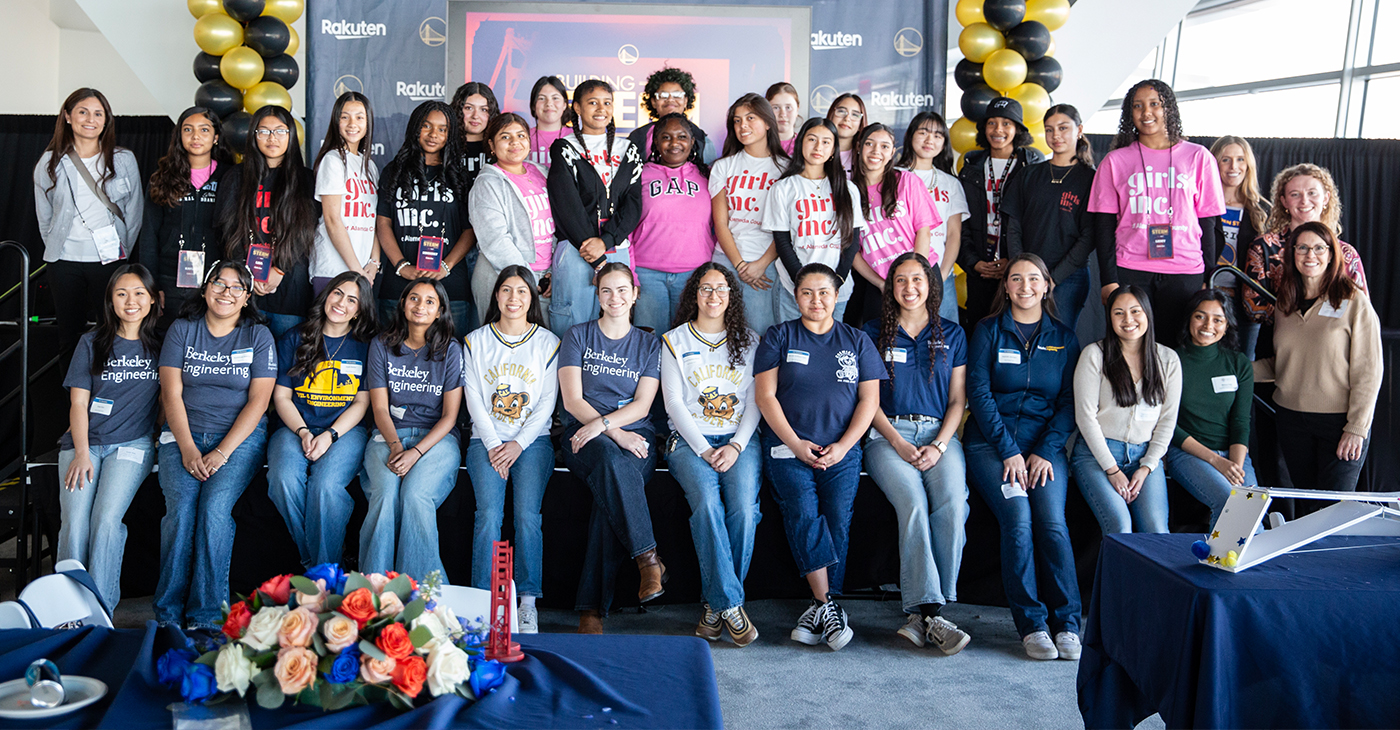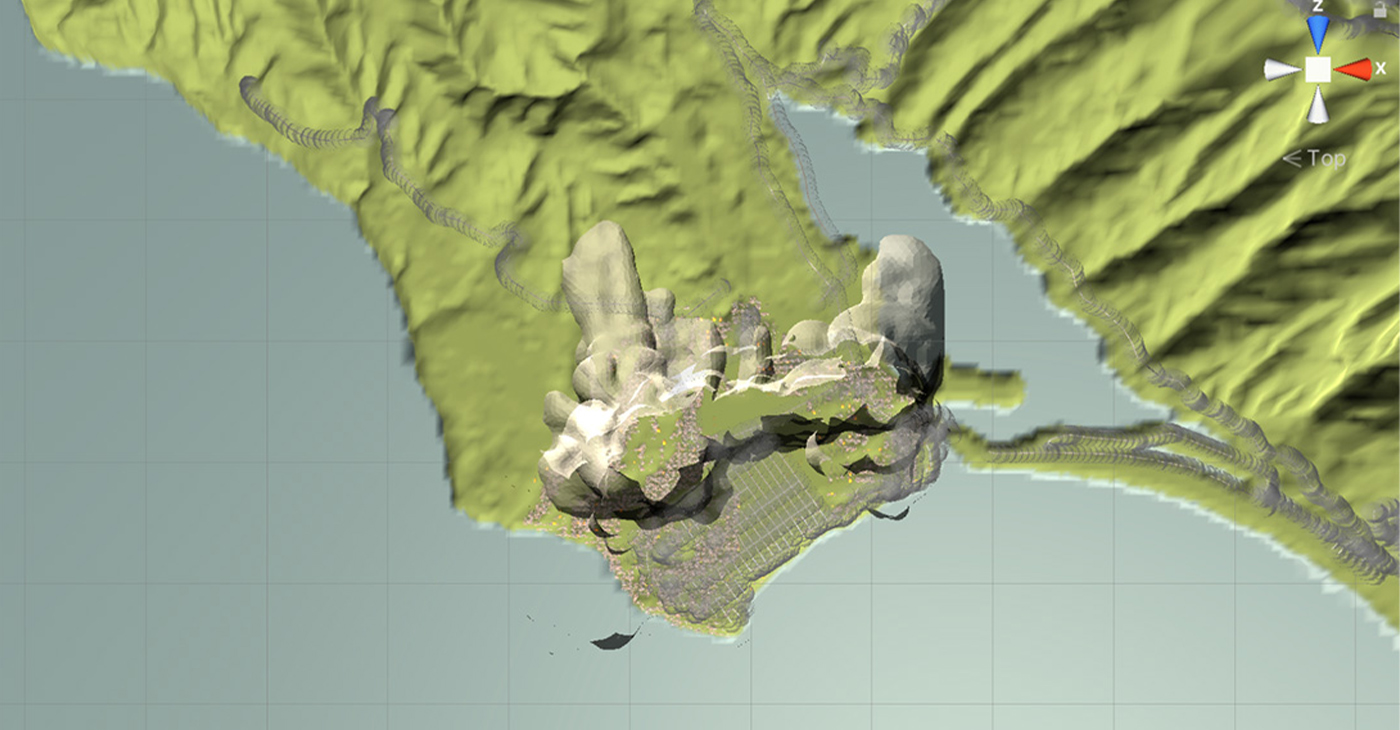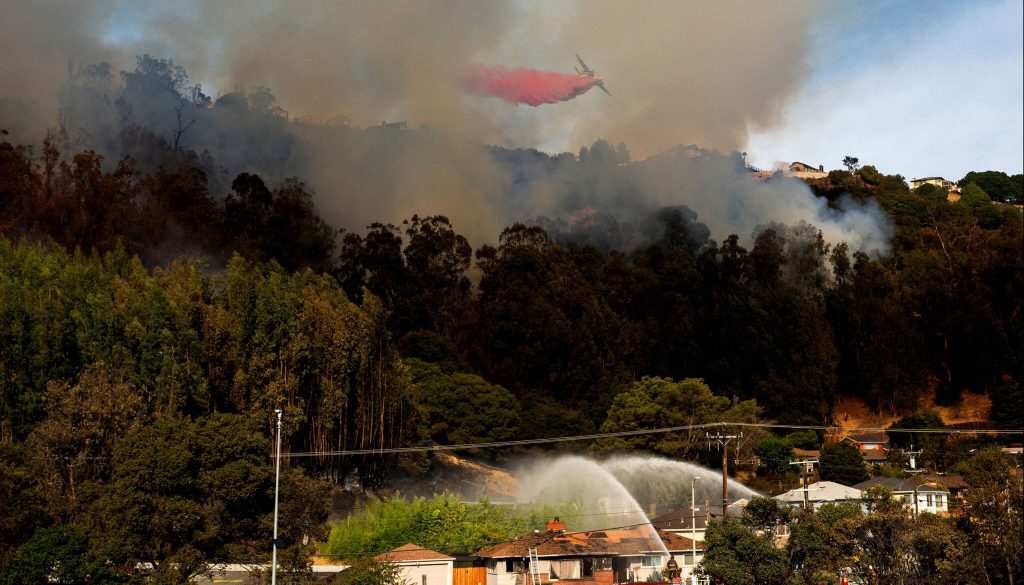Berkeley
Op-Ed: California’s New Minimum Wage Law is Too Minimal
By Harry Brill
Governor Brown just signed a minimum wage bill that was enthusiastically greeted by many progressive organizations. Among the enthusiasts is the California Federation of Labor, which is the umbrella organization for California based unions.
Unions are rarely ecstatic nowadays. In this instance, it is ecstatic about the new law, claiming it will lift millions out of poverty. But unfortunately, the labor federation’s optimism is questionable.
At first glance the very positive reaction seems justified. Several cities have adopted a $15 minimum wage law, including San Francisco and Emeryville. But California is the first state to do so. However, when you read the fine print there is little to get excited about.
One of the clauses in the law gives whoever is the governor the right to cancel a wage increase if there is an economic downturn, which the law broadly defines. Governor Brown has vehemently opposed any hike in the minimum wage.
But inserting this clause prompted him to change his mind. Since the economy is a bit wobbly now, the chance of it going south is much more likely than not.
However, even the best possible scenario of the new law is problematic.
Workers would not see a $15 an hour wage until at least 2022, which is six long years from now. For employees who work in small businesses (25 workers or less), they will have to wait an additional year, until 2023.
These small enterprises make up over 90 percent of California’s businesses.
Those who defend the law argue that despite its limitations, it is better than nothing. Yes, it is certainly better than nothing.
But “nothing” was not the only option.
One SEIU local that crafted a better law has already qualified for ballot status in November. Not only would the $15 an hour be reached sooner. Also, there is no clause in the SEIU initiative that would allow a governor or any other public official to veto a scheduled wage increase.
However, in deference to the legislature and governor, SEIU has agreed to withdraw its ballot measure. According to a recent survey by a research institute a substantial majority of Americans support a $15 minimum hourly wage.
So is very likely that the SEIU ballot would have succeeded. It is too bad that the union decided to pull out. Still, we have to keep on plugging.
Our effort to improve the standard of living for working people should never be compromised.
Activism
Golden State Warriors Program Is Inspiring Next Generation of Female Engineers
Breaking down barriers and biases that deter young girls from pursuing STEAM subjects is essential for creating a level playing field and ensuring equal opportunities for all. By challenging stereotypes and promoting a culture of inclusivity and diversity in STEAM fields, experts believe young girls can be empowered to pursue their interests and aspirations without limitations confidently. Encouraging mentorship, providing access to resources, and celebrating girls’ achievements in STEAM are all crucial steps in creating a supportive environment that fosters success.

By Y’Anad Burrell
The Golden State Warriors and e-commerce giant Rakuten are joining forces to inspire the next generation of female engineers through Building STEAM Futures, part of The City Calls campaign.
Organizers say the initiative is founded on the idea that science, technology, engineering, arts, and mathematics (STEAM) are crucial fields for innovation and progress, and empowering young girls to pursue careers in these areas is more important than ever. Studies consistently show that girls are underrepresented in STEAM fields, resulting in a gender disparity that limits potential and hinders diversity.
Breaking down barriers and biases that deter young girls from pursuing STEAM subjects is essential for creating a level playing field and ensuring equal opportunities for all. By challenging stereotypes and promoting a culture of inclusivity and diversity in STEAM fields, experts believe young girls can be empowered to pursue their interests and aspirations without limitations confidently. Encouraging mentorship, providing access to resources, and celebrating girls’ achievements in STEAM are all crucial steps in creating a supportive environment that fosters success.
On Saturday, March 8, International Women’s Day, the Warriors and Rakuten hosted 20 middle school girls from Girls Inc. of Alameda County at Chase Center’s Above the Rim for a hands-on bridge-building experience. The young girls from Girls, Inc. of Alameda County had an opportunity to design, build and test their own bridge prototypes and learn the fundamentals of bridge construction from the Engineering Alliance and the UC Berkeley Steel Bridge Team.
This STEAM experience for the girls followed the first session in January, where they took a behind-the-scenes tour of the Golden Gate Bridge, learning about its design and construction from industry experts. The City Calls campaign, tipped off with the unveiling the Warriors’ new bridge-themed City Edition jerseys and court design earlier this year.
Activism
Lawsuit Accuses UC Schools of Giving Preference to Black and Hispanic Students
The lawsuit also alleges UC is violating the Equal Protection Clause of the 14th Amendment and Title VI of the Civil Rights Act of 1964, which bars racial discrimination by federally funded institutions. In response, UC stated that race is not a factor in admissions, as per state law, and that student demographic data is collected only for statistical purposes.

By Bo Tefu, California Black Media
A lawsuit filed in federal court accuses the University of California (UC) of racial discrimination in undergraduate admissions, alleging that Black and Latino students are favored over Asian American and white applicants. The lawsuit, filed by the group Students Against Racial Discrimination, claims UC’s admissions policies violate Proposition 209, a state law passed in 1996 that prohibits the consideration of race in public education.
The lawsuit also alleges UC is violating the Equal Protection Clause of the 14th Amendment and Title VI of the Civil Rights Act of 1964, which bars racial discrimination by federally funded institutions.
In response, UC stated that race is not a factor in admissions, as per state law, and that student demographic data is collected only for statistical purposes.
Stett Holbrook, a spokesperson for the UC system, said the entity had not been served with the lawsuit.
“If served, we will vigorously defend our admission practices,” said Holbrook.
“We believe this to be a meritless suit that seeks to distract us from our mission to provide California students with a world-class education,” he said.
The complaint criticizes UC’s use of a “holistic” admissions process, arguing it replaces objective academic criteria with subjective considerations that disadvantage certain racial groups. It cites admission rate disparities at UC Berkeley, noting a decrease in Black student admissions from 13% in 2010 to 10% in 2023, compared to an overall drop from 21% to 12%.
The lawsuit follows the U.S. Supreme Court’s 2023 ruling banning affirmative action in college admissions, which has prompted challenges to race-conscious policies nationwide. The plaintiffs seek a court order preventing UC from collecting racial data in applications and request a federal monitor to oversee admissions decisions.
Bay Area
Is the Bay Area Prepared for Major Wildfires?
As part of a Smart and Connected Communities project, funded by the National Science Foundation, the team is also developing virtual games that will help educate the public about wildfire readiness. The project is led by Kenichi Soga, the Donald H. McLaughlin Chair in Mineral Engineering and Chancellor’s Professor at Berkeley, and includes faculty collaborators from the Berkeley’s College of Engineering, College of Environmental Design and Rausser College of Natural Resources.

A UC Berkeley-led team is using computer simulations to stress-test the region’s disaster preparedness and creating virtual games to educate the public about wildfire safety.
By Kara Manke
UC Berkeley News
As wildfires continue to rage in LA, many San Francisco Bay Area residents are asking themselves if a similar disaster could happen here — and, with haunting photos of abandoned vehicles in the Pacific Palisades still fresh in everyone’s minds, if vulnerable communities are prepared for a rapid evacuation and firefight.
Since 2022, a team of UC Berkeley researchers, in collaboration with scientists at UC Davis and UC Santa Cruz, has been creating highly detailed models of emergency response infrastructure in two Bay Area communities to answer questions like those.
These “digital twins” of Marin and Alameda counties will include communication networks, emergency services and physical infrastructure, as well as information about how different services are operated and managed. The goal of the project is to use these models to simulate wildfire evacuations under different scenarios and identify potential weaknesses.
As part of a Smart and Connected Communities project, funded by the National Science Foundation, the team is also developing virtual games that will help educate the public about wildfire readiness. The project is led by Kenichi Soga, the Donald H. McLaughlin Chair in Mineral Engineering and Chancellor’s Professor at Berkeley, and includes faculty collaborators from the Berkeley’s College of Engineering, College of Environmental Design and Rausser College of Natural Resources.
To learn more about wildfire risk in the Bay Area and how simulations and “mini-games” can help the region prepare, UC Berkeley News spoke with Louise Comfort, project co-principal investigator, professor emerita and project scientist with the Department of Civil and Environmental Engineering.

Firefighters work to contain a grass fire that broke out in the Oakland Hills on Oct. 18, 2024. Noah Berger/AP via UC Berkeley News.
UC Berkeley News: Are Bay Area communities at risk of experiencing wildfires as destructive as those currently impacting LA?
Louise Comfort: Absolutely. The Bay Area has a record of experiencing wildfire in the wildland urban interface, or areas where human development intermingles with undeveloped wildland or vegetation, approximately every 20 to 30 years. Bay Area communities have made major investments in training, preparedness and public education since the last major conflagration in 1991, but we have minor fires, such as the Keller Fire in Oakland on Oct. 20. 2024, relatively frequently. Fortunately, a well-trained Oakland Fire Department responded quickly to contain the Keller Fire, but wind-driven wildfire is a continuing threat to the region.
UC Berkeley News: Compared to L.A., does the Bay Area have any particular strengths or weaknesses when it comes to wildfire preparedness, in terms of susceptibility to severe fire, evacuation routes and communication, insurance coverage, etc.?
Louise Comfort: One strength is the emerging consensus among Bay Area cities that they need to collaborate to reduce wildfire risk, and further, that they need to engage residents in this shared task. There is a new regional agreement, formed just in March 2024, among a set of Bay Area jurisdictions to collaborate on wildfire risk reduction. It is called the East Bay Wildfire Coalition of Governments, with nine member jurisdictions and growing. This is an important step for local governments to pool knowledge, information, resources and plans to prepare for wildfires and other natural hazards to which all jurisdictions are exposed.
Bay Area cities are made vulnerable by structural limitations of their transportation network: four bridges, a BART train that runs part way around the Bay, limited roadways among the counties, and specific points of likely congestion. For example, if the Caldecott Tunnel is closed between Alameda and Contra Costa counties, or if the Richmond Bridge is blocked to the North Bay region, evacuation is quickly limited. Evacuation routes are problematic and dependent on other infrastructure systems, electrical power, communications, and gasoline distribution — all of which are vulnerable to wind-driven wildfire.
UC Berkeley News: The Smart and Connected Communities project is creating “digital twins” of two Bay Area cities to understand how they’d perform when evacuating during a natural disaster. What is a digital twin, and how will it help you understand the Bay Area’s preparedness for severe wildfire events?
Louise Comfort: A “digital twin” is a computational model of an existing urban community. It is intended to replicate technical systems of infrastructure, including road networks, water distribution systems and electrical and gasoline distribution systems. It also models how things flow through these different networks: how vehicles travel the road network, how water flows through the network of water pipes, and how electrical power and gasoline travel through their respective distribution systems. We are currently integrating these technical systems with the organizational systems that manage these functions.
The intent is to test out scenarios computationally that are too dangerous or costly to test in real time. We hope to identify the strengths and weaknesses of our present organizational, institutional, and technical infrastructures before an extreme event — wildfire, earthquake, tsunami, atmospheric river rainstorm or flooding — occurs, so we can anticipate possible scenarios for mitigating these risks or respond quickly to reduce the impact when they do.
Louise Comfort: UC Berkeley News: How do you hope to engage communities to build awareness of risks of preparation?
Louise Comfort: We have done a series of semi-structured interviews with community leaders, public managers, and administrators in public organizations, like schools, parks, and hospitals to identify networks of communication and collaboration within communities, as well as gaps in social interaction that limit full community response.
We are working with a talented team of computer scientists at UC Santa Cruz who have developed a series of “mini-games,” or simulated games that illustrate common dilemmas that people face when encountering a wildfire situation. Such simulations enable people to think through dilemmas before the wildfire occurs, identify alternatives for action in a specific context, and connect with neighbors in a shared task of enabling everyone to evacuate safely.
We hope to hold a public community meeting in late spring 2025 and invite people to come and play the games and give us feedback. We also will make the mini-games available for use in small groups, such as Fire Safe Councils, so members of a neighborhood group can play the game together and think about strategies of risk reduction for their neighborhoods.
UC Berkeley News: Could this model be applied to other disasters that threaten the Bay Area, like sea level rise, flooding or earthquakes?
Louise Comfort: Absolutely. The task is the same for any hazard — wildfire, earthquakes, flash floods, landslides — even if the specific actions may differ by hazard. It means recognizing the risk in a specific context, then determining what resources are available to an individual, household, neighborhood, municipality or county to reduce that risk. It means understanding the risk in one’s specific neighborhood and determining what options are available to manage that risk. These are practical steps that greatly increase a community’s capacity for collective action under threat.
-

 Activism4 weeks ago
Activism4 weeks agoUndocumented Workers Are Struggling to Feed Themselves. Slashed Budgets and New Immigration Policies Bring Fresh Challenges
-

 Activism2 weeks ago
Activism2 weeks agoWe Fought on Opposite Sides of the Sheng Thao Recall. Here’s Why We’re Uniting Behind Barbara Lee for Oakland Mayor
-

 Activism4 weeks ago
Activism4 weeks agoOakland Post: Week of March 5 – 11, 2025
-

 #NNPA BlackPress2 weeks ago
#NNPA BlackPress2 weeks agoRev. Dr. Jamal Bryant’s Black Church Target Boycott Mobilizes 150,000
-

 Activism2 weeks ago
Activism2 weeks agoSan Francisco Is Investing Millions to Address Food Insecurity. Is Oakland Doing the Same?
-

 #NNPA BlackPress4 weeks ago
#NNPA BlackPress4 weeks agoTrump Moves to Dismantle Education Department
-

 #NNPA BlackPress4 weeks ago
#NNPA BlackPress4 weeks agoFighting to Keep Blackness
-

 #NNPA BlackPress2 weeks ago
#NNPA BlackPress2 weeks agoRecently Approved Budget Plan Favors Wealthy, Slashes Aid to Low-Income Americans












































